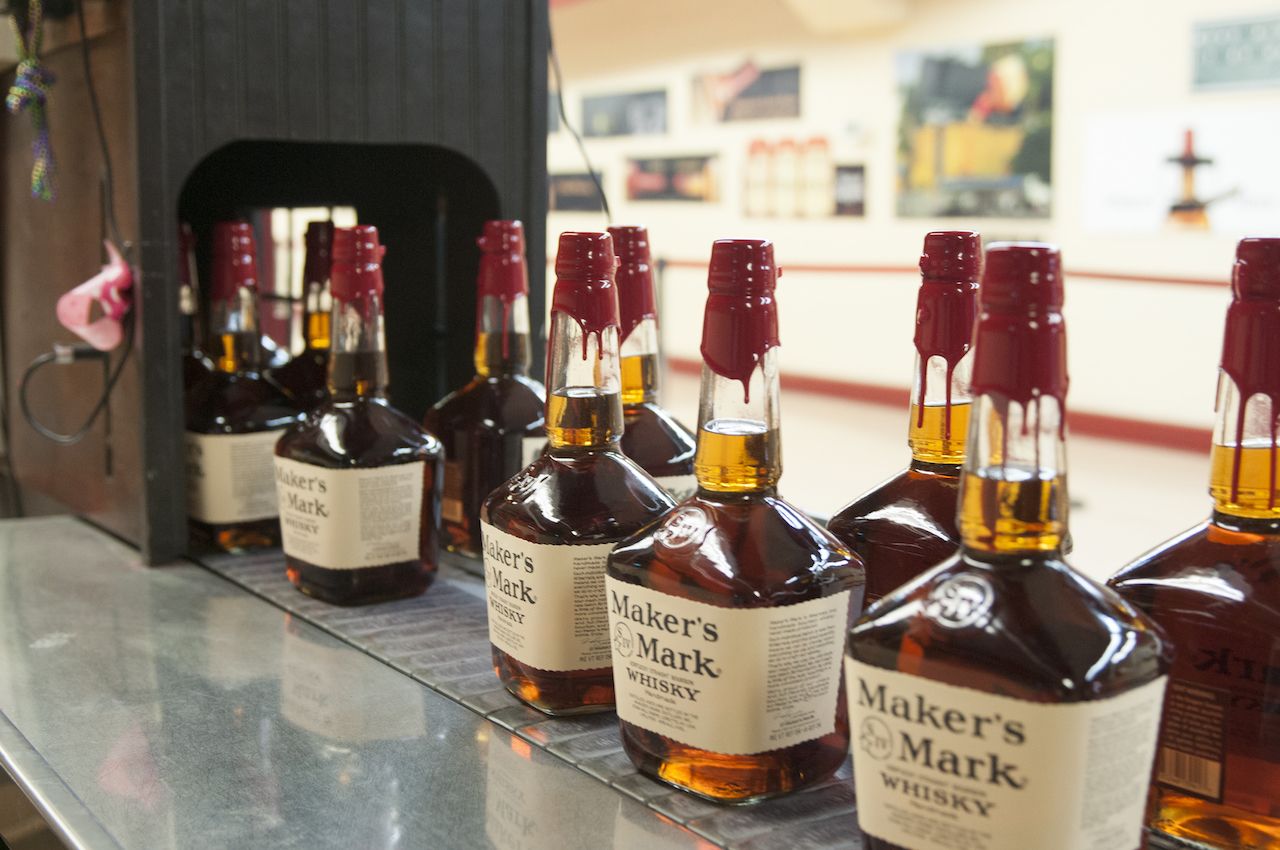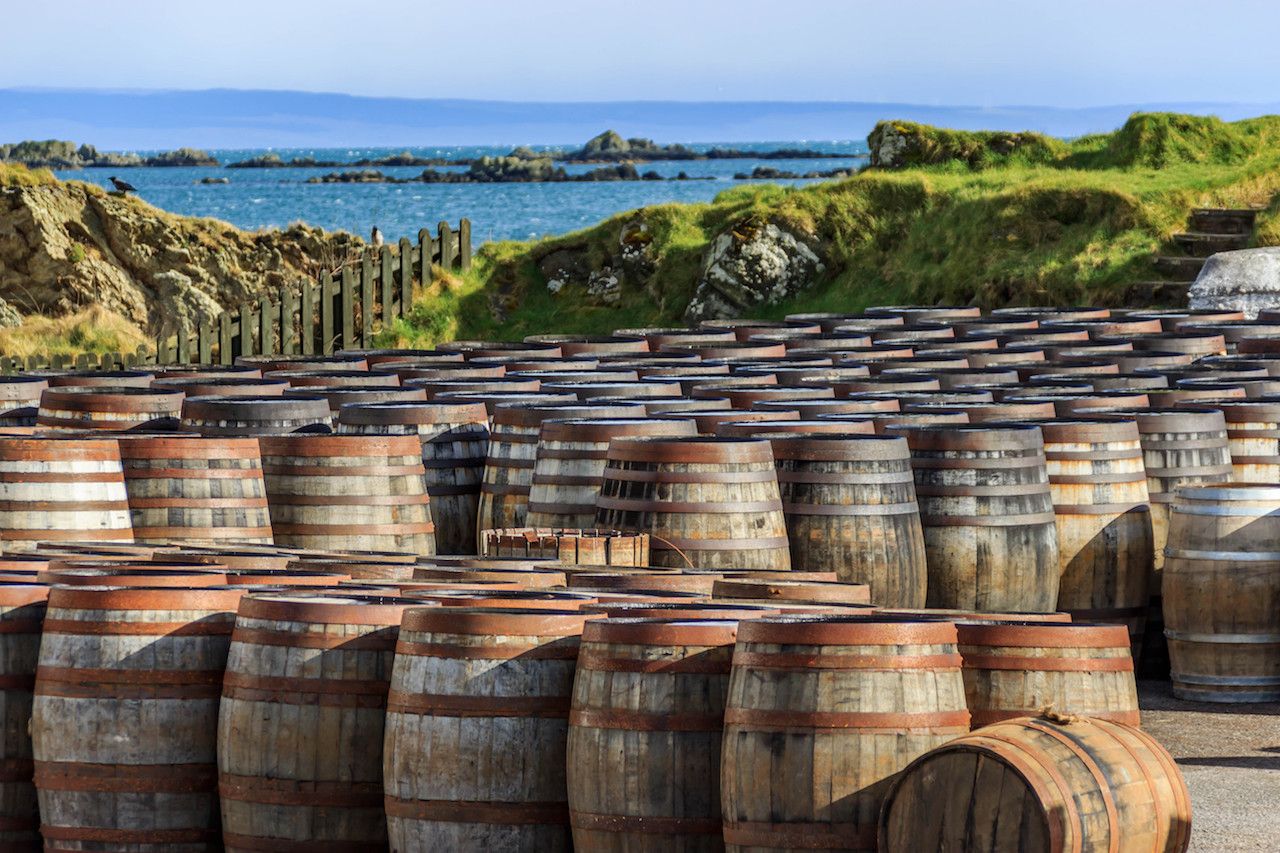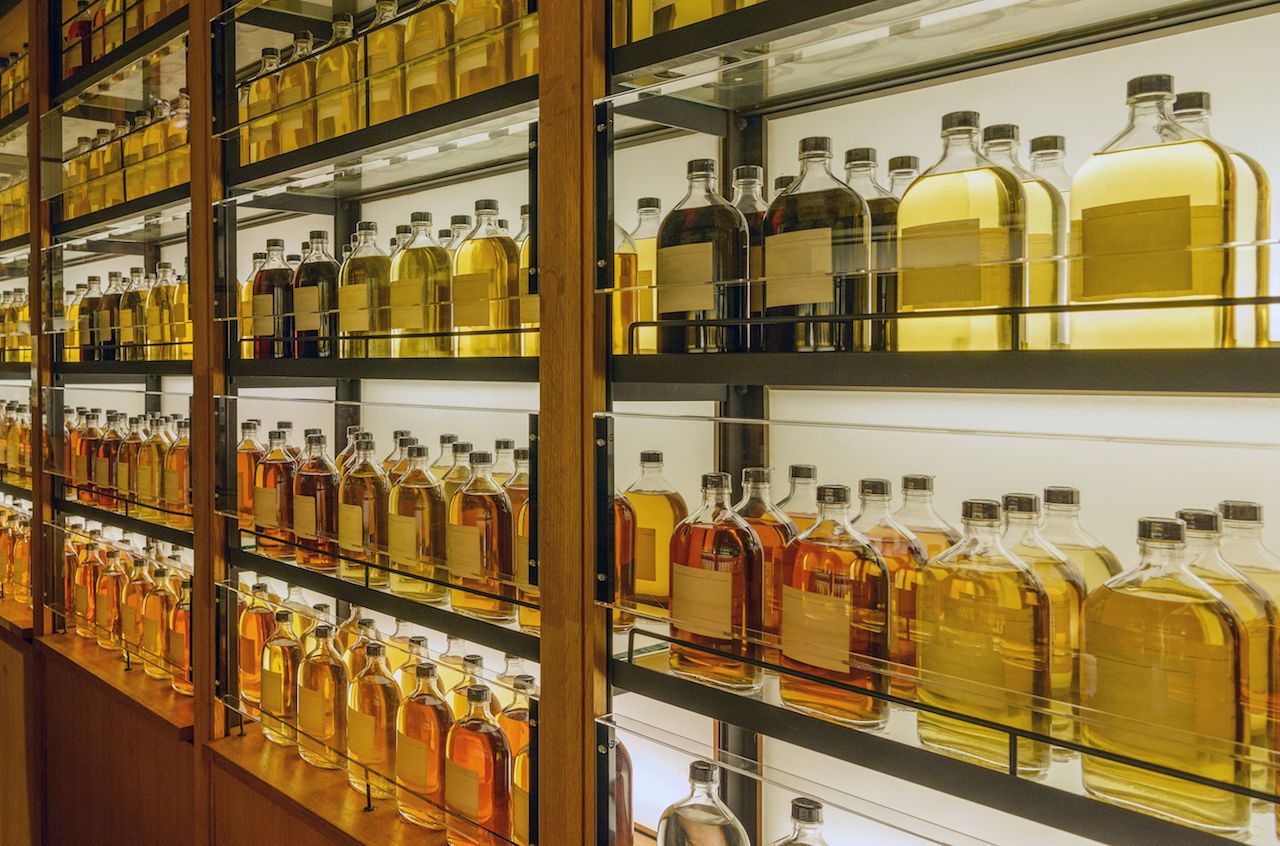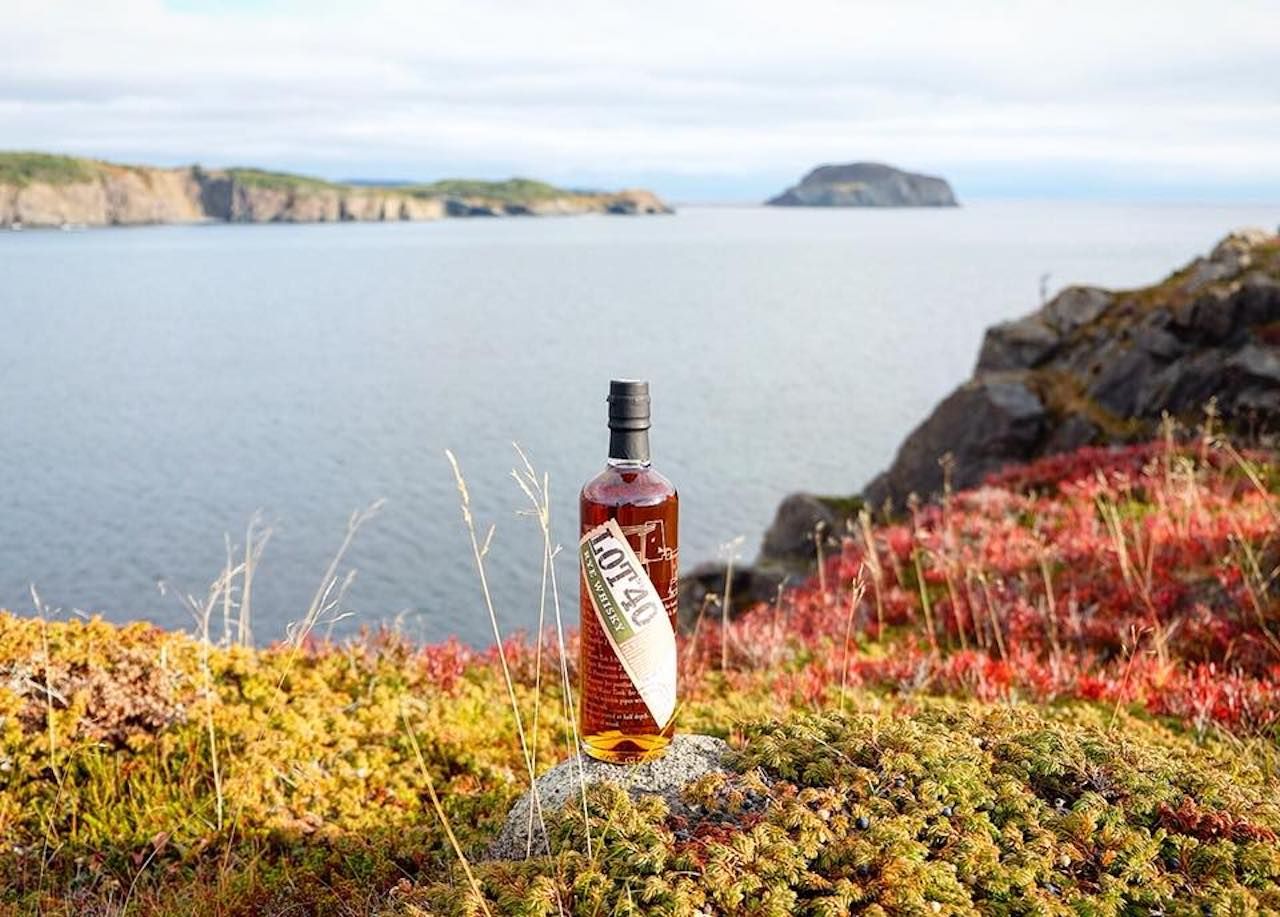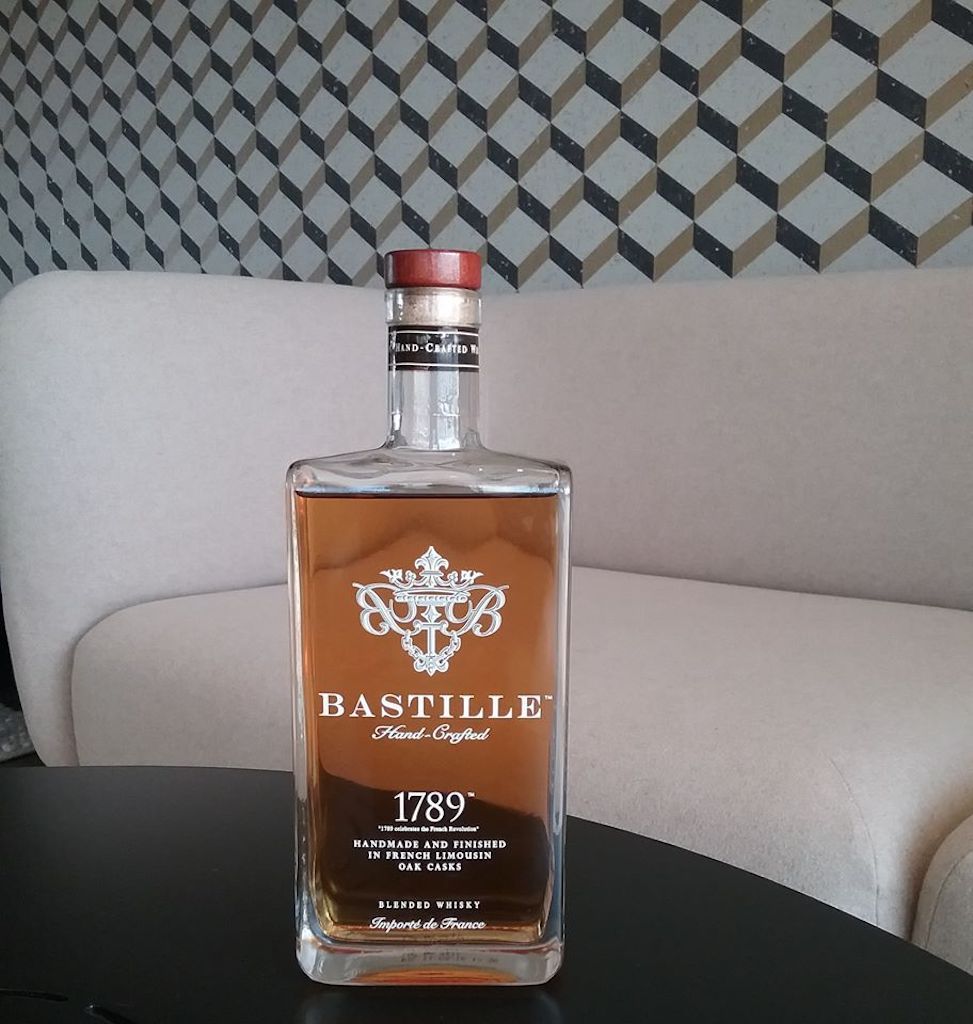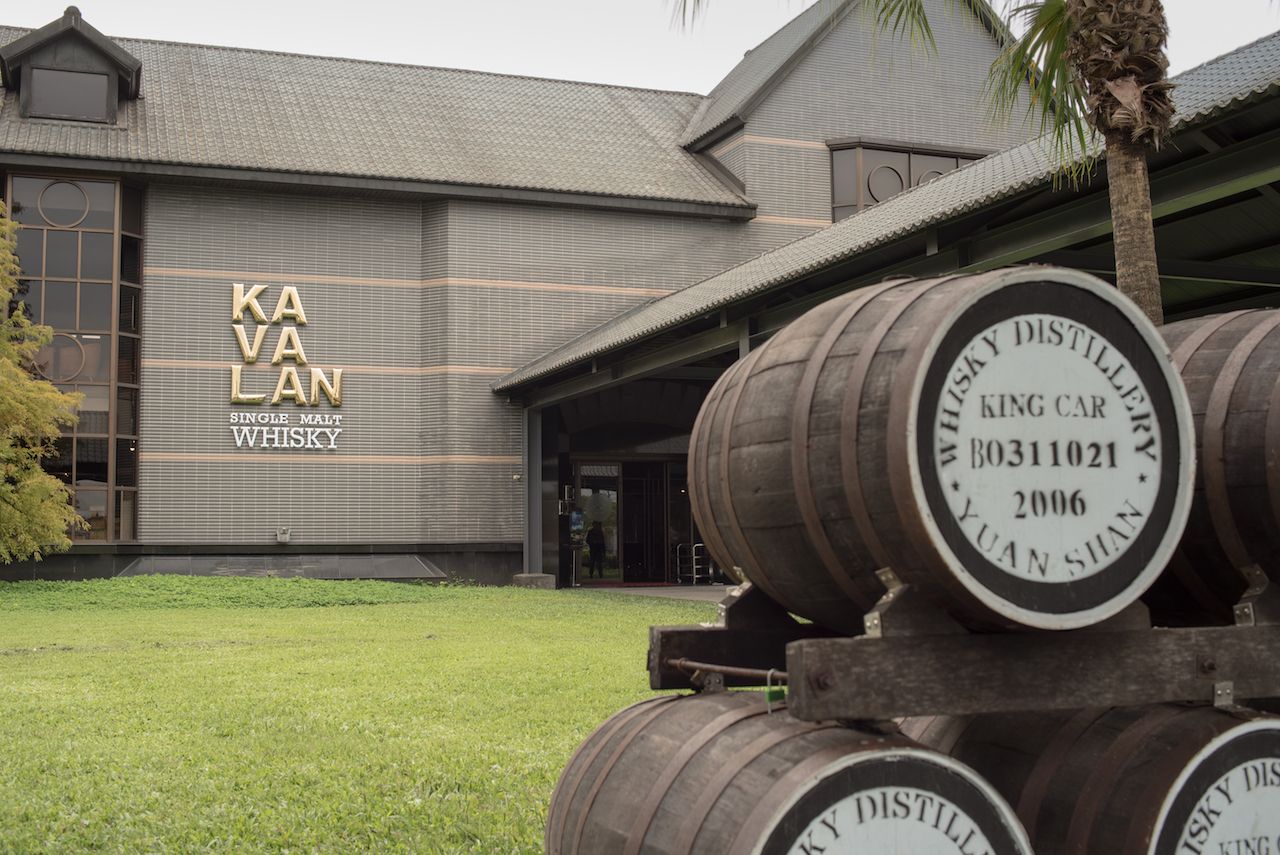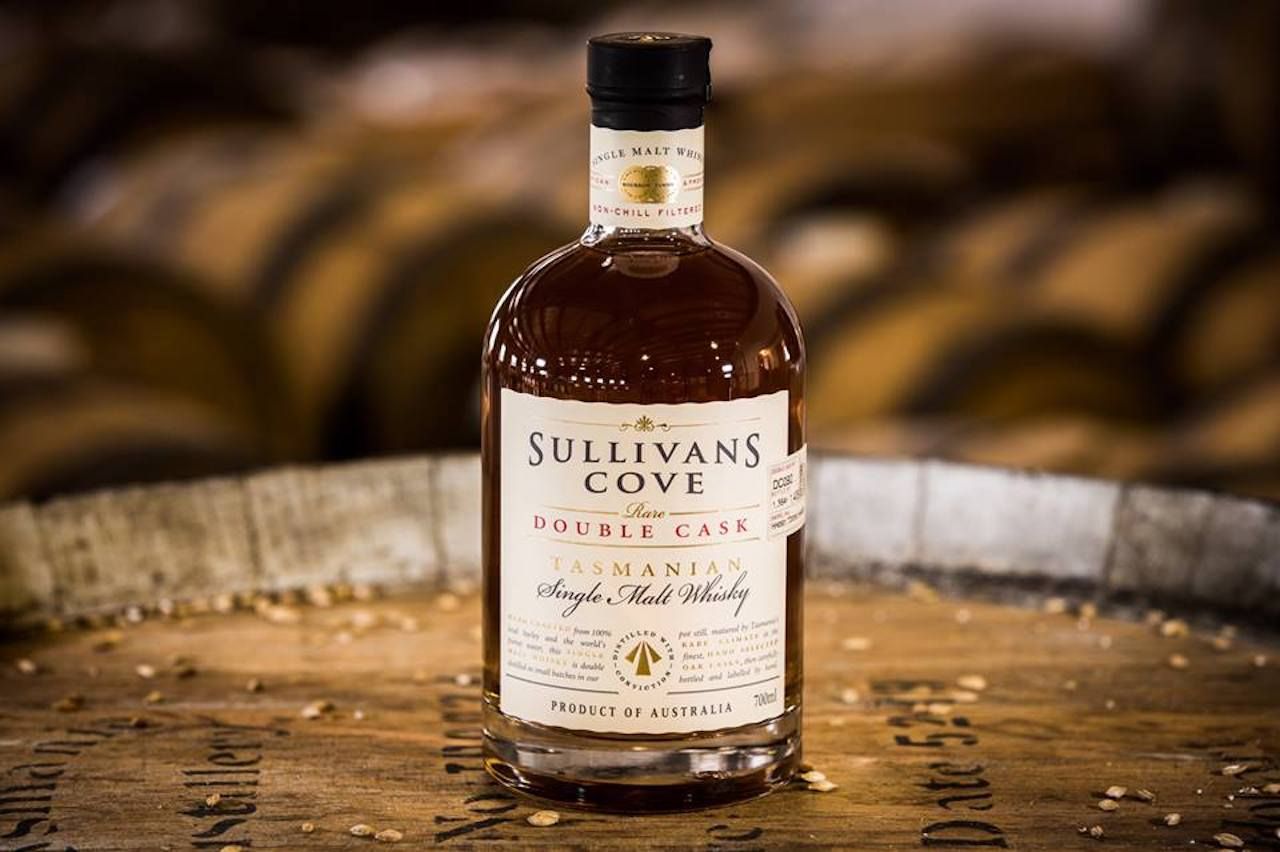Whiskey is one of the world’s most beloved spirits. It’s both sipped neat and mixed into cocktails, savored and taken as a shot alongside a pint of beer. With this level of universal popularity, it should come as no surprise that countries around the world make the spirit. Each does things a little differently, making exploring the world through a dram or glass all too easy to do.
Quick note: America, Ireland, and Mexico use the spelling “whiskey.” Everywhere else goes with the English spelling of “whisky.” The letter “e” aside, these are the major differences between the world’s 10 best whiskey making countries.

